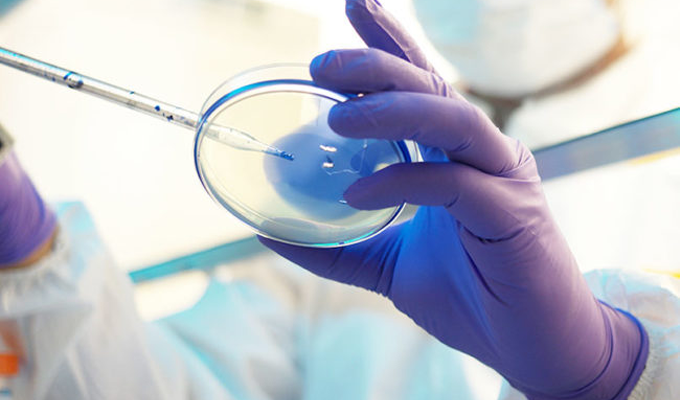How Long is Chemotherapy Given?
Length of Chemotherapy Treatment
The length of chemotherapy treatment is determined by a variety of factors. These include the type of cancer, the extent of cancer, the types of drugs that are given, as well as the expected toxicities of the drugs and the amount of time necessary to recover from these toxicities. Many chemotherapy treatment schedules (including the type and length of chemotherapy treatment) have been determined through clinical trials that compared them and determined which had the most benefit and was most well tolerated.
In general, chemotherapy treatment is given in cycles. This allows the cancer cells to be attacked at their most vulnerable times, and allows the body's normal cells time to recover from the damage. There are really three issues regarding the cycle time, duration of the cycle, frequency of the cycle, and how many cycles.
Duration of the Cycle
Chemotherapy treatment may be a single drug or a combination of drugs. The drugs may all be given on a single day, several consecutive days, or continuously as an outpatient or as an inpatient. Treatment could last minutes, hours, or days, depending on the specific protocol.
Frequency of the Cycle
Chemotherapy may repeat weekly, bi-weekly, or monthly. Usually, a cycle is defined in monthly intervals. For example, two bi-weekly chemotherapy sessions may be classified as one cycle.
Number of Cycles
In most cases, the number of cycles - or the length of chemotherapy from start to finish - has been determined by research and clinical trials.
- When cure is the treatment goal. Adjuvant chemotherapy (therapy after surgery has removed all visible cancer) may last 4-6 months. Adjuvant chemotherapy is common in cancers of the breast and colon. In cancers of the testis, Hodgkin and non-Hodgkin lymphoma, and leukemias, length of chemotherapy treatment may be up to a year.
- When there is visible disease, the length of chemotherapy treatment will depend upon the response of the disease to therapy. If the disease disappears completely, chemotherapy may continue for 1-2 cycles beyond this observation to maximize the chance of having attacked all microscopic disease.
- If the disease shrinks but does not disappear, chemotherapy will continue as long as it is tolerated and the disease does not grow.
- If the disease grows, the chemotherapy will be stopped. Depending on the health and wishes of the patient, either different drugs will be given to try to kill the cancer, or chemotherapy will be stopped and the goal changed to focus on patient comfort.
More Chemotherapy Information:
Chemotherapy Terms Chemotherapy Protocols - How Chemotherapy Works How Chemotherapy Is Given How Doctors Decide Which Chemotherapy Drugs To Give How Long Chemotherapy Is Given How To Tell If Chemotherapy Is Working Cancer Cells & Chemotherapy Types of Chemotherapy Targeted Therapy The Immune System About Immunotherapy Hormone Therapy Chemoporotective Agents Chemotherapy Resistance Short & Long Term Side Effects of Chemotherapy Nadir Cancer Clinical Trials
Clinical Trials
Search Cancer Clinical Trials
Carefully controlled studies to research the safety and benefits of new drugs and therapies.
SearchPeer Support
4th Angel Mentoring Program
Connect with a 4th Angel Mentor and speak to someone who understands.
4thangel.ccf.org
